jeff262
TPF Noob!
- Joined
- Nov 30, 2015
- Messages
- 3
- Reaction score
- 0
- Can others edit my Photos
- Photos OK to edit
I am starting to get back into professional photography. i would like to start to take baby portraits and maybe a occasional wedding. when i left the business i was using my t2I canon. i have gone to my local camera store trying to get info on what full body camera would be suitable for my needs and of course its always the most expensive one they carry. then i tried to read reviews on different cameras and every review says that camera is the greatest. i was hoping someone could help me on what camera would be a good entry professional. i hear alot, "how much do you want to spend" well i dont want to over pay for a camera and lenses that are only a few percent better then one thats $2000 less. i have read that the new 50mp cameras are hard to manage with the raw size but is going from 24 to 36 to 50 mp really that much better? i looked alot at the nikon 750D but at only 24mp is seems to be outdated already. any help choosing a camera would be great. i have had my basement studio remodeled and just ordered lights and backdrops now i have to choose a camera. and yes i would like to spend the least amount on a great camera
Last edited:


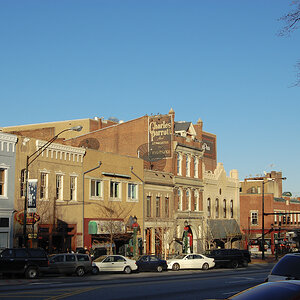
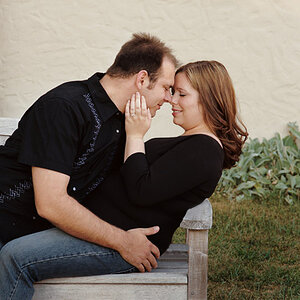
![[No title]](/data/xfmg/thumbnail/36/36677-3b91df53323d0850489794f28b3b9800.jpg?1619737677)
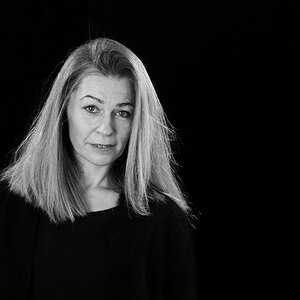
![[No title]](/data/xfmg/thumbnail/36/36675-f6965e1e6c1fa2be4ff0460e9657fe99.jpg?1619737676)
![[No title]](/data/xfmg/thumbnail/35/35215-cb01ff31834a4ee952045622f00781a5.jpg?1619736952)
![[No title]](/data/xfmg/thumbnail/36/36674-2a99a33f8b4e9e3d34b08a4ec08fbde8.jpg?1619737676)
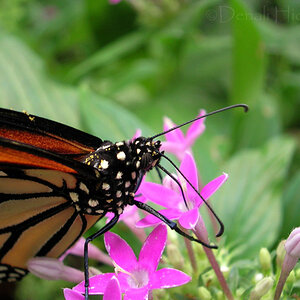
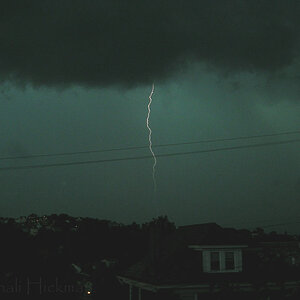
![[No title]](/data/xfmg/thumbnail/36/36676-cb11e40ab23f22c2a0af6fbf4ab02371.jpg?1619737676)